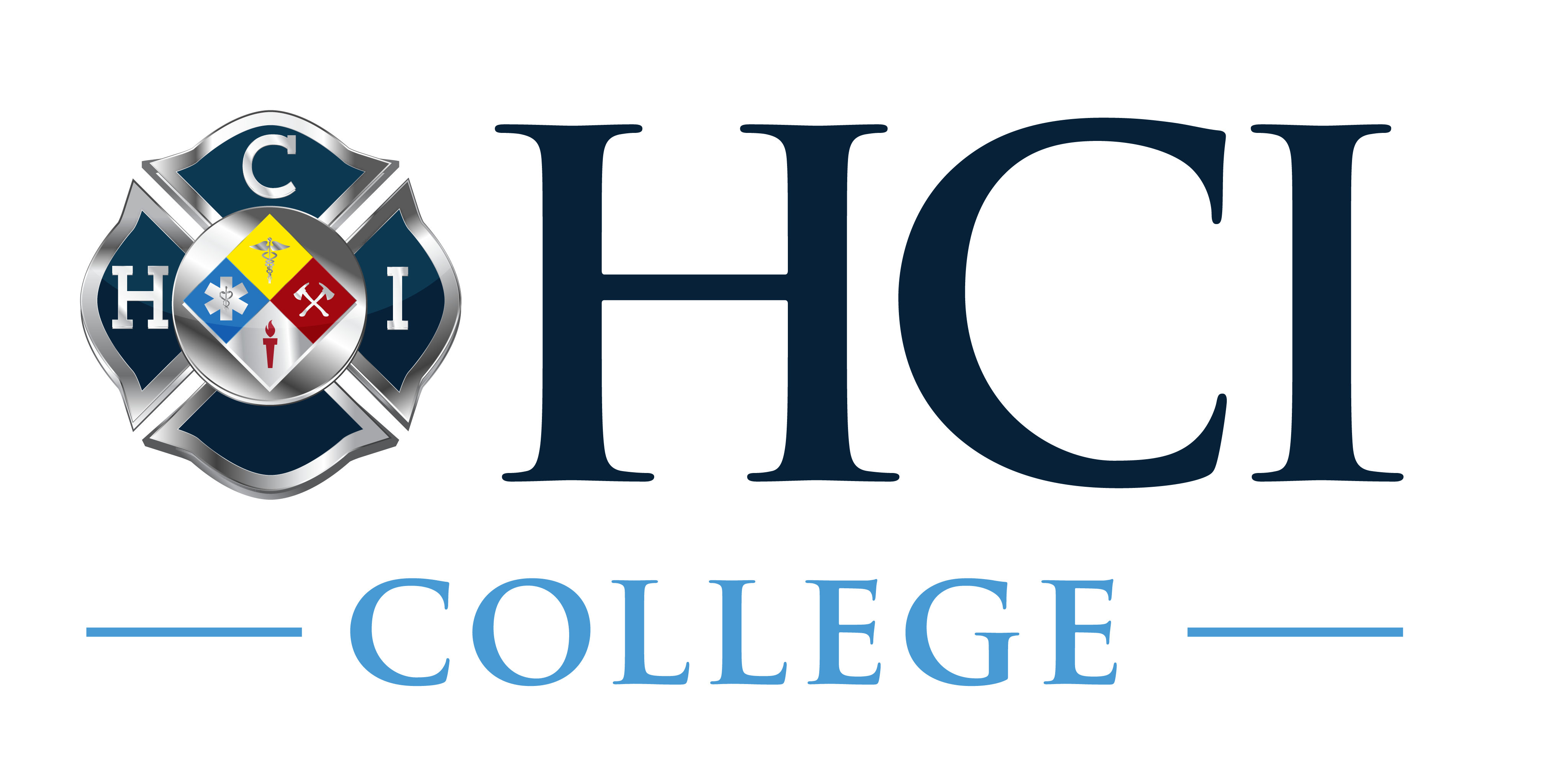CPR Facts and Statistics
![]()
Seventy percent of Americans may feel helpless to act during a cardiac emergency because they either do not know how to administer CPR or their training has significantly lapsed.
This June, in honor of National CPR Week, the American Heart Association is asking all Americans to learn how to give Hands-Only™ CPR by watching a simple one-minute video provided by the American Heart Association. Once you have learned CPR, give 5 people you care about the power to save lives by equipping them to act quickly in a crisis.
CPR FACTS AND STATISTICS
- CPR saves lives. Statistics show that the earlier CPR is initiated, the greater the chances of survival. In fact, 100,000 to 200,000 lives of adults and children could be saved each year if CPR were performed early enough. The CPR Time Line is as follows:
0-4 mins. – brain damage unlikely
4-6 mins. – brain damage possible
6-10 mins. – brain damage probable
over 10 mins. – probable brain death
- Nearly 383,000 out-of-hospital sudden cardiac arrests occur annually, and 88 percent of cardiac arrests occur at home.
- Many victims appear healthy with no known heart disease or other risk factors.
- Sudden cardiac arrest is not the same as a heart attack.
◦ Sudden cardiac arrest occurs when electrical impulses in the heart become rapid or chaotic, which causes the heart to suddenly stop beating.
◦ A heart attack occurs when the blood supply to part of the heart muscle is blocked. A heart attack may cause cardiac arrest.
- Four out of five cardiac arrests happen at home.
- Statistically speaking, if called on to administer CPR in an emergency, the life you save is likely to be someone at home: a child, a spouse, a parent or a friend.
- African-Americans are almost twice as likely to experience cardiac arrest at home, work or in another public location than Caucasians, and their survival rates are twice as poor as for Caucasians.
- Effective bystander CPR provided immediately after sudden cardiac arrest can double or triple a victim’s chance of survival, but only 32 percent of cardiac arrest victims get CPR from a bystander.
- The American Heart Association trains more than 12 million people in CPR annually, to equip Americans with the skills they need to perform bystander CPR.















